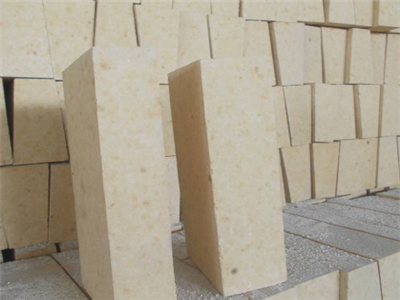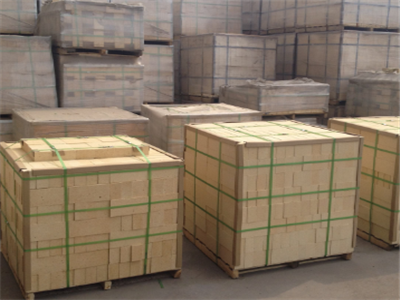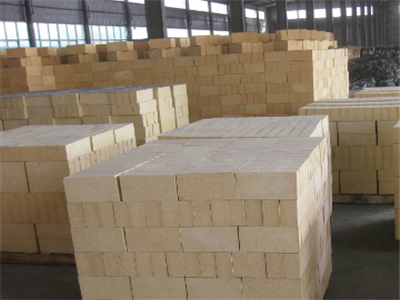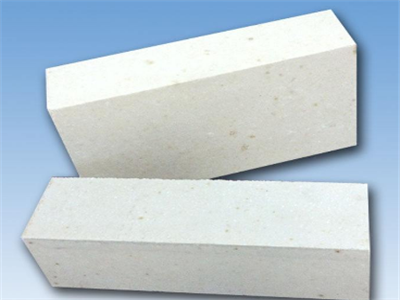Bricks
High alumina bricks
- Fire resistance
- Load softening temperature
- Thermal conductivity
- Thermal shock resistance
- Product description:
High alumina bricks
High alumina bricks are made of * * Calcined Bauxite as the main raw material, mixed with different additives, mechanically pressed and formed after scientific mixing and binding, and sintered at high temperature. The product has a wide range of uses and is widely used in industrial kilns such as metallurgy, machinery, chemical industry, electric power, building materials and light industry.
Characteristic:
The fire resistance of high alumina brick is higher than that of clay brick and semi silica brick, up to 1750 ~ 1790 ℃, belonging to... Refractory.
Because of the high Al2O3 content in high alumina products, less impurities and less fusible glass, the load softening temperature is higher than that of clay bricks. However, the load softening temperature is still lower than that of silica bricks because mullite crystals do not form a network structure.
There is more Al2O3 in high alumina brick, which is close to neutral refractory and can resist the erosion of acid slag and alkaline slag. Because it contains SiO2, the ability to resist alkaline slag is weaker than that of acid slag.
Advantages of grade I high alumina brick:
1. Fire resistance
The fire resistance of high alumina brick is higher than that of clay brick and semi silica brick, up to 17501790 ℃, belonging to... Refractory. The fire resistance is mainly affected by the content, type and quantity of Al2O3. The fire resistance increases with the increase of Al2O3 content.
2. Load softening temperature
Because of the high Al2O3 content in high alumina products, less impurities and less fusible glass, the load softening temperature is higher than that of clay bricks. However, the load softening temperature is still lower than that of silica bricks because mullite crystals do not form a network structure.
3. Thermal conductivity
High alumina brick has better thermal conductivity than clay brick. The reason is that there are few glass phases with low thermal conductivity in high aluminum products, and the number of mullite and corundum crystals with good thermal conductivity increases, which improves the thermal conductivity of products.
4. Thermal shock resistance
The thermal shock resistance of high alumina brick is between clay products and siliceous products. The water cooling cycle at 850 ℃ is only 35 times. This is mainly because the thermal expansion of corundum is higher than that of mullite and there is no crystal transformation. At present, the thermal shock stability of products can be improved by improving the particle structure, reducing the content of fine powder and improving the critical particle size and particle gradation of clinker.
5. Slag resistance
There is more Al2O3 in high alumina brick, which is close to neutral refractory and can resist the erosion of acid slag and alkaline slag. Because it contains SiO2, the ability to resist alkaline slag is weaker than that of acid slag. In addition, the slag resistance of high aluminum products is also related to the stability of products in slag. Generally speaking, products with low porosity have high slag resistance after high-pressure forming and high-temperature firing.
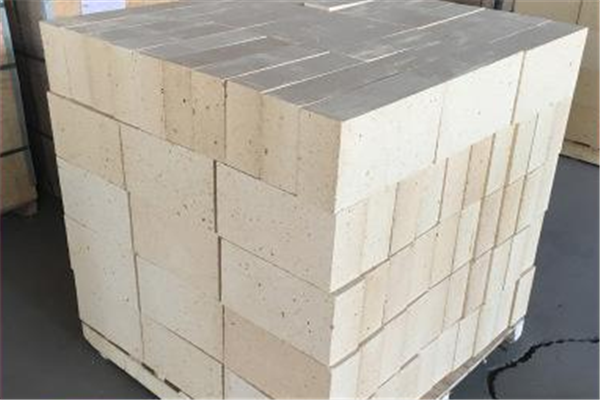
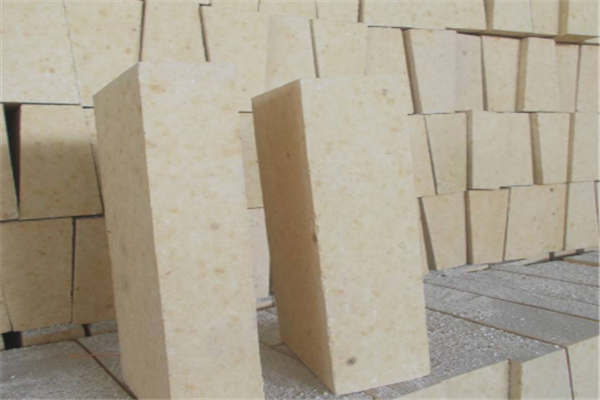
Latest News
Contact Us
Contact:
Phone:
Tel: +86-13488802085
Add: No. 16 Xinzhong North Street, Shunyi District, Beijing, China
